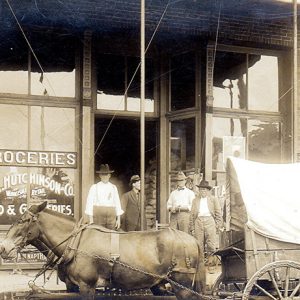 T. A. Hutchinson Store
T. A. Hutchinson Store
Entry Type: Place - Starting with T
 T. A. Hutchinson Store
T. A. Hutchinson Store
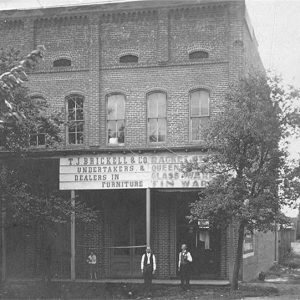 T. J. Brickell & Co.
T. J. Brickell & Co.
Table Rock Dam and Lake
 Taborian Hall
Taborian Hall
 Taborian Hall
Taborian Hall
 Taborian Hall Interior
Taborian Hall Interior
 Tales from the South
Tales from the South
Tall Pines Motor Inn Historic District
aka: Tall Pines Inn
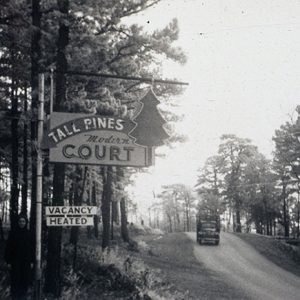 Tall Pines Motor Inn
Tall Pines Motor Inn
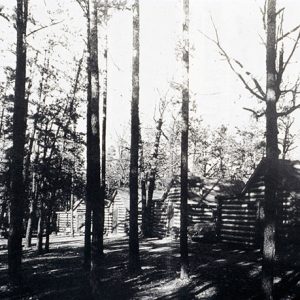 Tall Pines Cabins
Tall Pines Cabins
 Tannenbaum Golf Club
Tannenbaum Golf Club
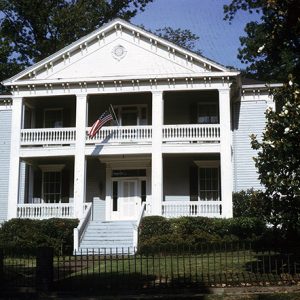 James C. Tappan House
James C. Tappan House
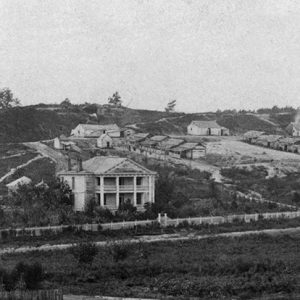 James C. Tappan House
James C. Tappan House
 Tate School Commencement
Tate School Commencement
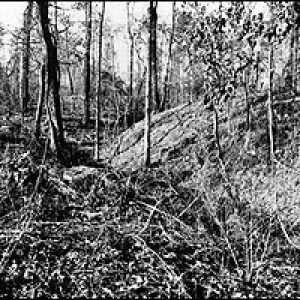 Tate's Bluff Fortification
Tate's Bluff Fortification
Tate’s Bluff Fortification
Taylor (Columbia County)
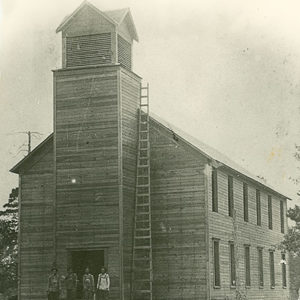 Taylor Baptist Church
Taylor Baptist Church
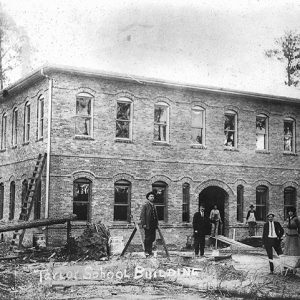 Taylor School
Taylor School
 Taylor Field
Taylor Field
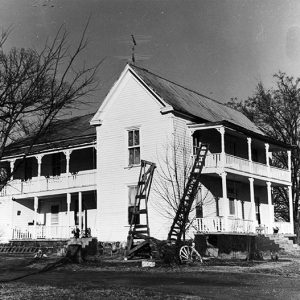 Taylor Hill Hotel
Taylor Hill Hotel
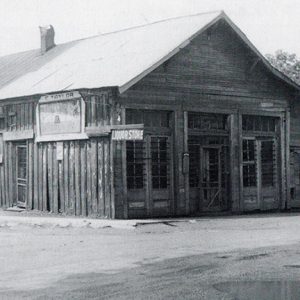 Taylor Liquor Store
Taylor Liquor Store
 Taylor Log House and Grounds
Taylor Log House and Grounds
Taylor Log House and Site
aka: Taylor House of Hollywood Plantation
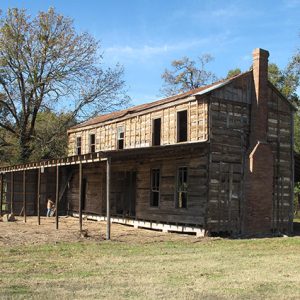 Taylor Log House and Site
Taylor Log House and Site
 Taylor Log House and Site Prior to Restoration
Taylor Log House and Site Prior to Restoration
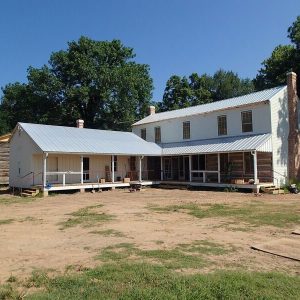 Taylor Log House; 2017
Taylor Log House; 2017
 Taylor Log House
Taylor Log House
Taylor Rosamond Motel Historic District
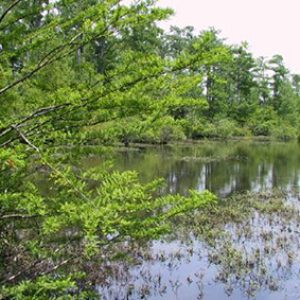 Taylor Woodlands Natural Area
Taylor Woodlands Natural Area
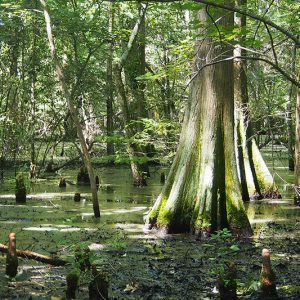 Taylor Woodlands Natural Area
Taylor Woodlands Natural Area
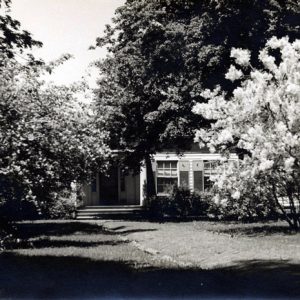 Tebbetts House
Tebbetts House
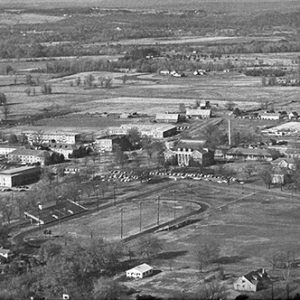 Tech Campus in 1960
Tech Campus in 1960
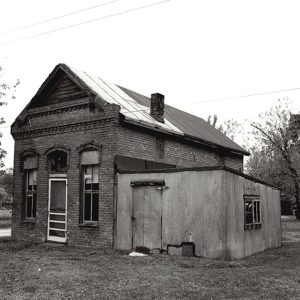 Telephone Exchange Building
Telephone Exchange Building
 Temple Beth El
Temple Beth El
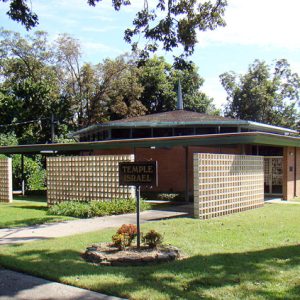 Temple Israel; Jonesboro
Temple Israel; Jonesboro
 Temple Meir Chayim
Temple Meir Chayim
Ten Mile House
aka: Stagecoach House
aka: McHenry House
 Ten Mile House Outbuildings
Ten Mile House Outbuildings
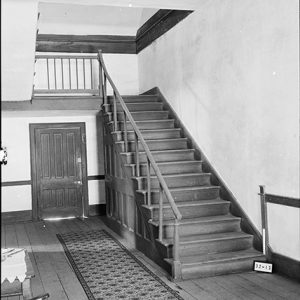 Ten Mile House Interior
Ten Mile House Interior
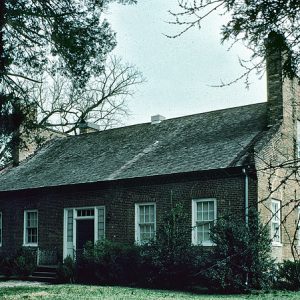 Ten Mile House
Ten Mile House
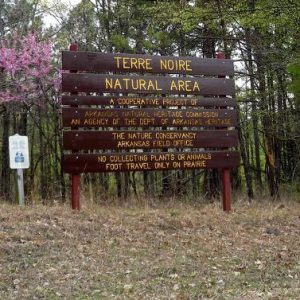 Terre Noire Natural Area
Terre Noire Natural Area
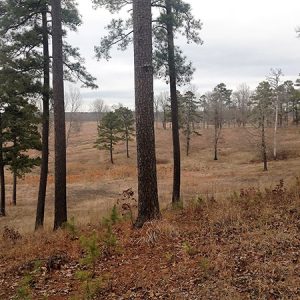 Terre Noire Natural Area
Terre Noire Natural Area
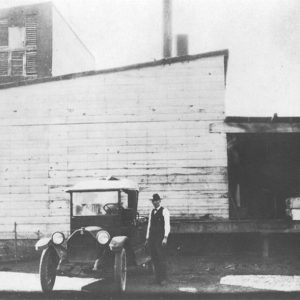 Terry Ice Plant
Terry Ice Plant
 Terry Library
Terry Library
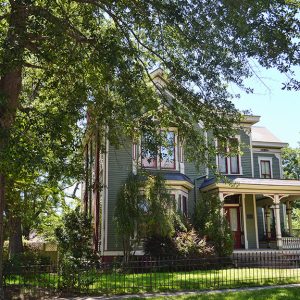 William L.Terry House
William L.Terry House
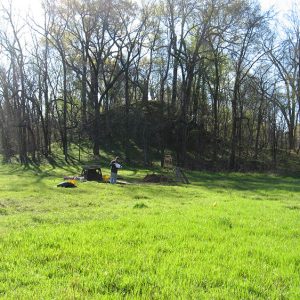 Test Excavations
Test Excavations
Texarkana (Miller County)
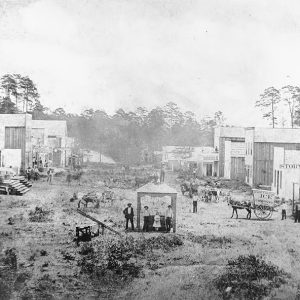 Early Texarkana
Early Texarkana
 Texarkana Baptist Orphanage
Texarkana Baptist Orphanage




